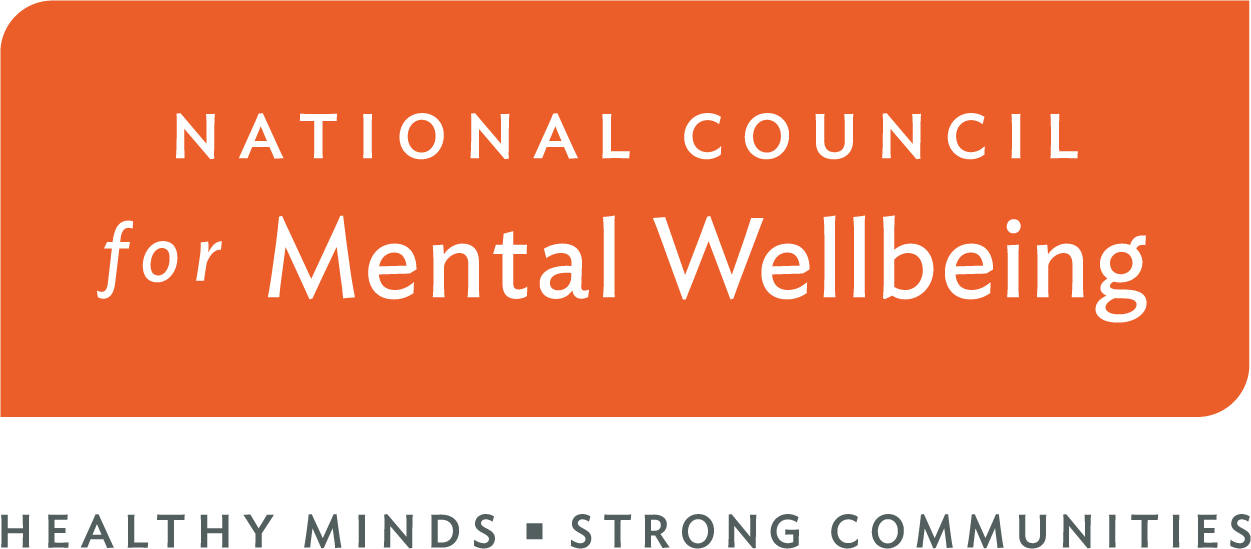This tool provides an overview of DPAD, including national program models, best and promising practices and financing and sustainability considerations.
Download the ToolCommunities across the country have implemented deflection and pre-arrest diversion (DPAD) initiatives to link people who use drugs to evidence-based care and services instead of incarceration.
The current practice of criminalizing substance use in the U.S. hasn’t been effective in meeting public safety goals and has failed to improve public safety outcomes, despite costing more than $10 billion annually to enforce drug laws each year. In fact, it has led to negative public health consequences — especially in Black, Indigenous and other communities of color.
People involved with the criminal justice system — especially those with substance use disorders (SUDs) — encounter barriers to and delays in receiving evidence-based treatment; increased risks of overdose and death, especially immediately after release from incarceration; and barriers to employment, housing and financial stability that create significant hurdles to achieving and sustaining recovery.
The National Council for Mental Wellbeing, with support from the Centers for Disease Control and Prevention (CDC), developed a package of resources to support the adoption and implementation of DPAD programs to better support people at risk of opioid overdose. These resources were informed by real-world experiences shared through a series of key informant interviews and an Experts’ Roundtable with diverse stakeholders implementing DPAD programs across the country.
Deflection and Pre-arrest Diversion Tools and Resources
This tool discusses strategies for integrating harm reduction principles and practices in DPAD programs to better support people at risk of overdose.
Download the ToolThis tool discusses best practices for integrating peer support services in DPAD programs to enhance recovery-oriented systems of care.
Download the ToolThis tool discusses considerations for implementing DPAD programs in rural communities and addressing the unique challenges they face.
Download the ToolThis resource provides a summary of and key findings from the Experts’ Roundtable hosted by the National Council.
Download the ResourceThese four sample job descriptions highlight the diverse roles that help support successful DPAD programs.
Download the ResourceThese tools and resources provide additional information and practical tools for implementing DPAD programs.
Download the Tools and ResourcesFor more information, please contact Flannery Peterson at FlanneryP@thenationalcouncil.org.
This publication was supported by the Centers for Disease Control and Prevention of the U.S. Department of Health and Human Services (HHS) as part of a financial assistance award totaling $250,000 with 100% funded by CDC/HHS. The contents are those of the authors and do not necessarily represent the official views of, nor an endorsement by, CDC/HHS or the U.S. Government.
